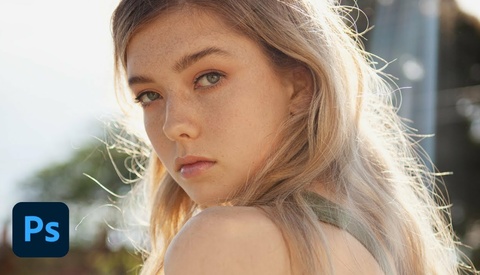Common Mistakes in Dodging and Burning
Dodging and burning is an editing technique that allows you to selectively adjust the brightness and darkness in specific areas of an image. This technique can add depth and dimension but can also lead to several common mistakes. This fantastic video tutorial will show you three common mistakes and how to fix them.

































